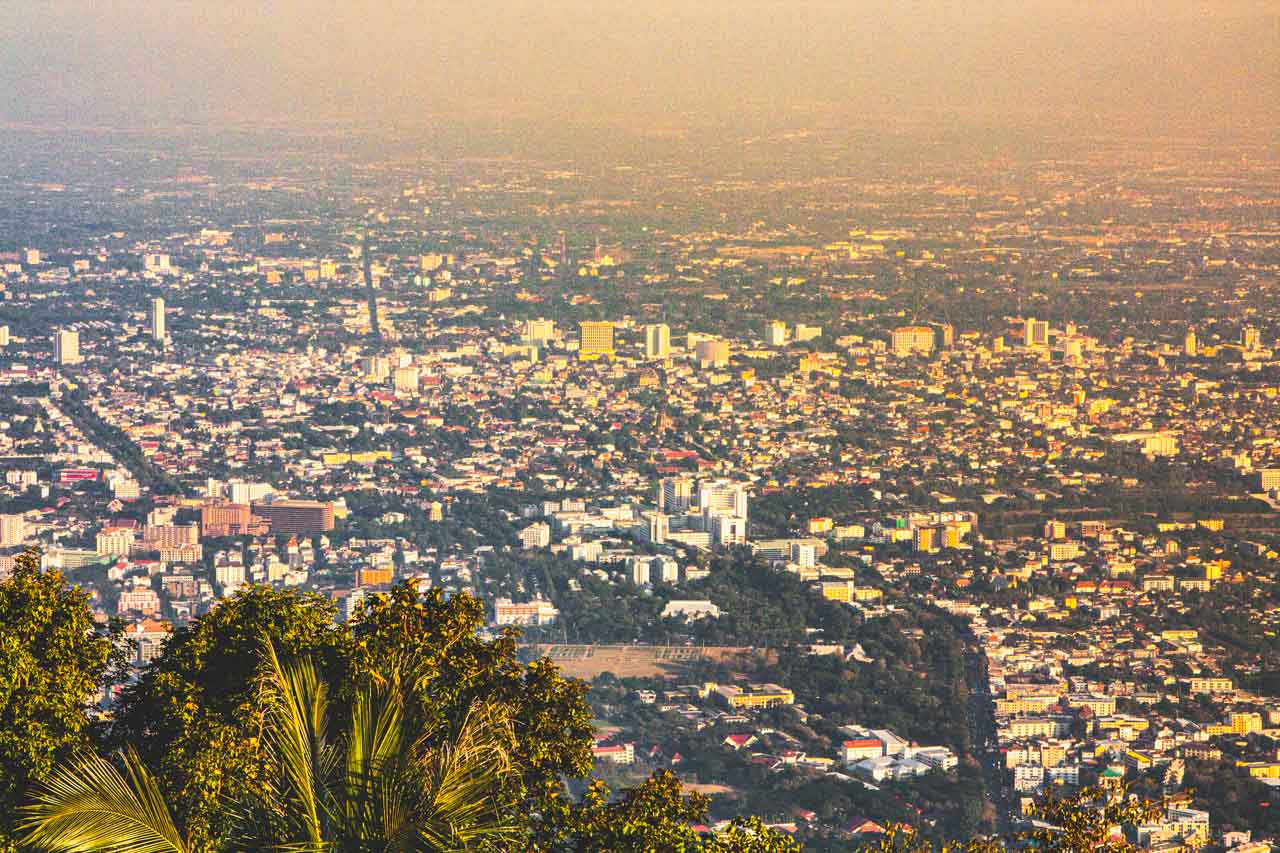Looking for a guide to Chiang Mai, Thailand? You’ve come to the right place!
Nestled in the mountains of northern Thailand, Chiang Mai is a captivating blend of rich culture, ancient temples, and lush landscapes. Here, tradition meets modernity-with mystical temples next to lively markets.
In this guide, you’ll find the top attractions in Chiang Mai. From stunning temples to must-visit restaurants, I’ve got the best spots covered so you can fully soak in the city’s unique vibe.
Plus, I’ll share practical tips to make your visit even better. Ready to dive into my guide to Chiang Mai? Let’s get started!
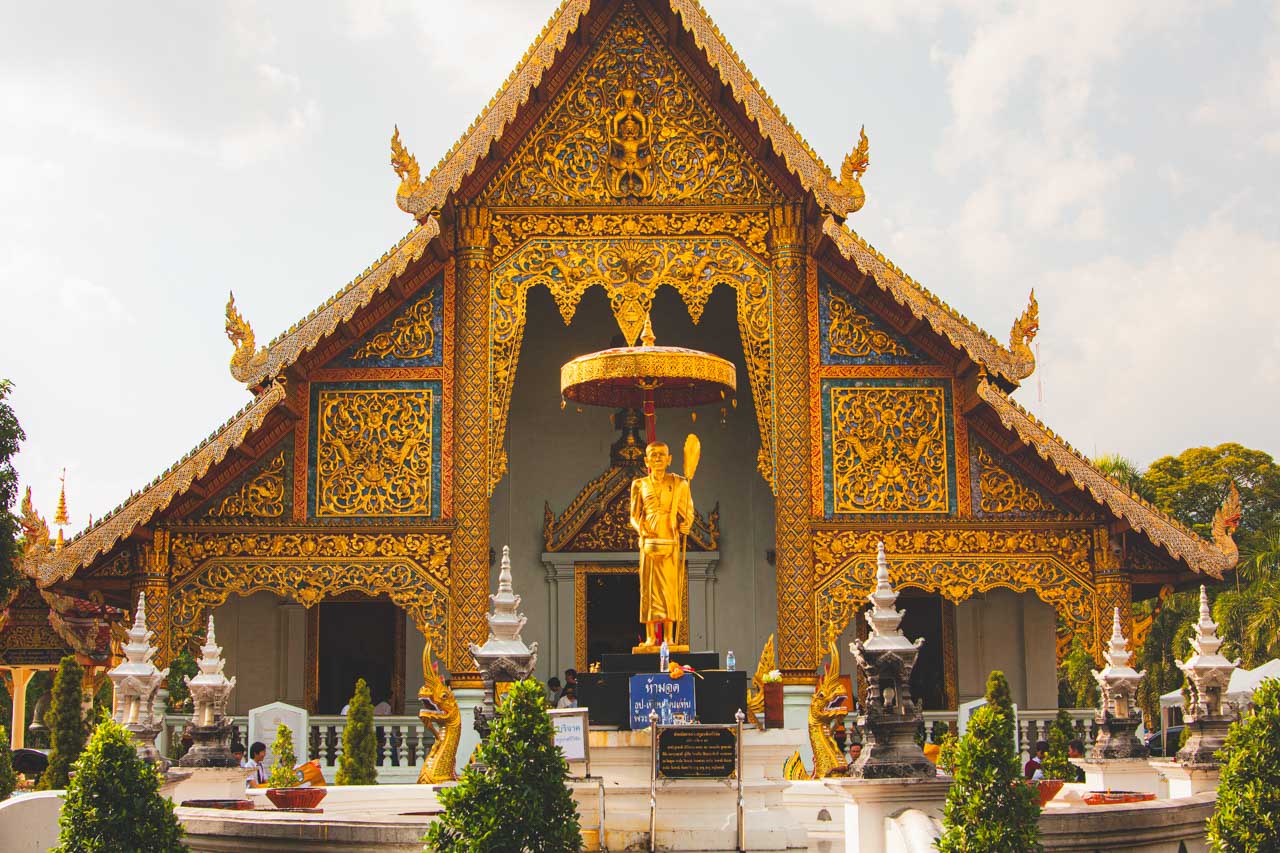
Travel Guide to Chiang Mai, Thailand: Introduction
Chiang Mai, the biggest city in northern Thailand, has a rich history that goes back to the Kingdom of Lanna, also called the “Kingdom of a Million Rice Fields.” It’s a place where history and culture mix, giving it a unique vibe.
Even though the nearby Kingdom of Ayutthaya influenced Lanna, it stayed independent until joining the Kingdom of Siam (now Thailand) in 1775.
Today, Chiang Mai is still full of Lanna’s legacy, with its unique architecture, tasty food, and lively traditions. It’s a city that draws visitors from all over, looking to experience the rich culture and history of northern Thailand.
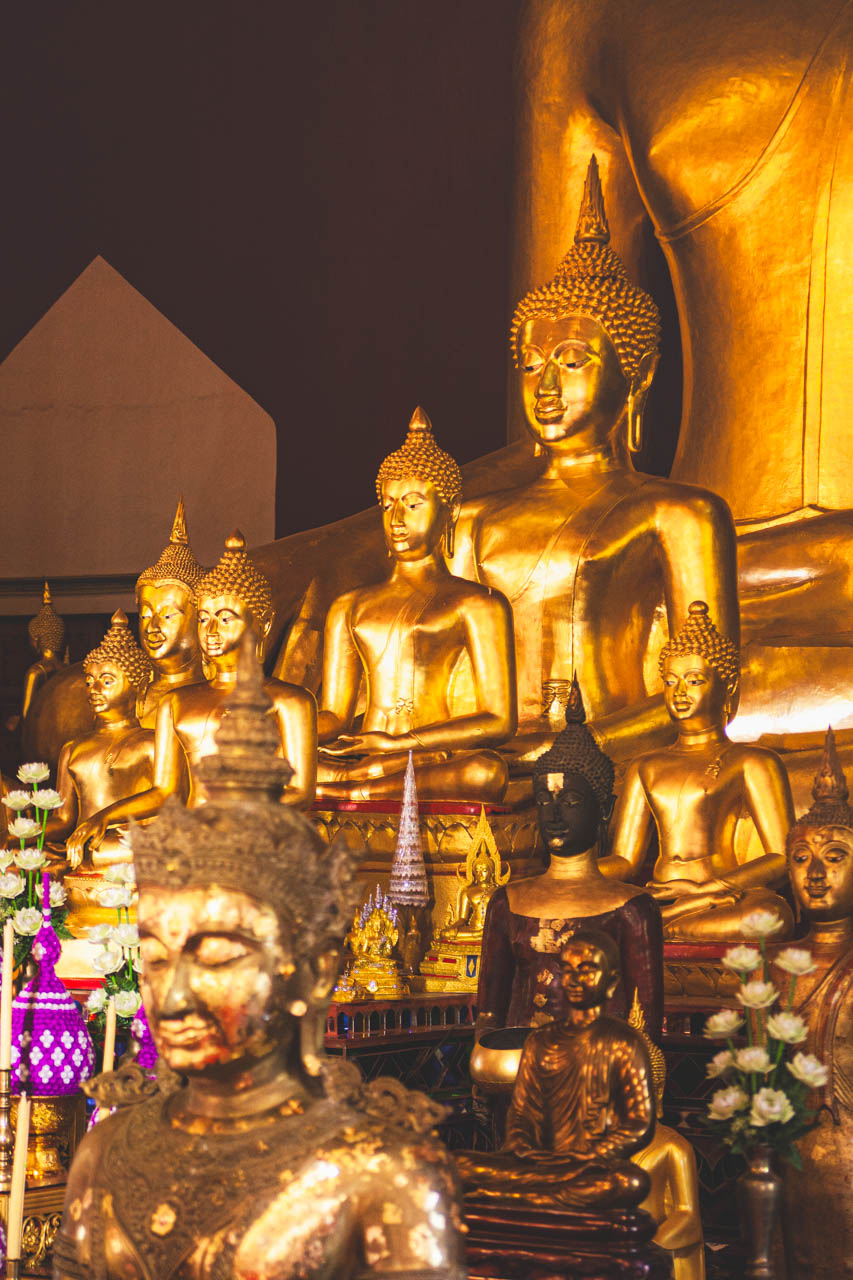
Best Places to Visit in Chiang Mai
Wat Phra Singh
Chiang Mai is home to over 300 temples, with 36 of them located within the city walls. A trip to Chiang Mai usually starts with a visit to the 14th-century Wat Phra Singh temple complex.
This stunning temple is famous for the Buddha Phra Singh statue, which gives the temple its name. The word “singh” means lion in Thai, and though the statue’s origins are a bit of a mystery, legend says it was brought from Ceylon.

Each year on April 13th, during the Songkran festival (Thai New Year), the Buddha statue is paraded through Chiang Mai in a sacred procession, with people splashing water on it as a sign of respect.
The temple complex also includes Viharn Lai Kam, Viharn Luang, and the ordination hall Ubosot. I was particularly impressed by the lifelike wax figures of monks that are displayed inside!
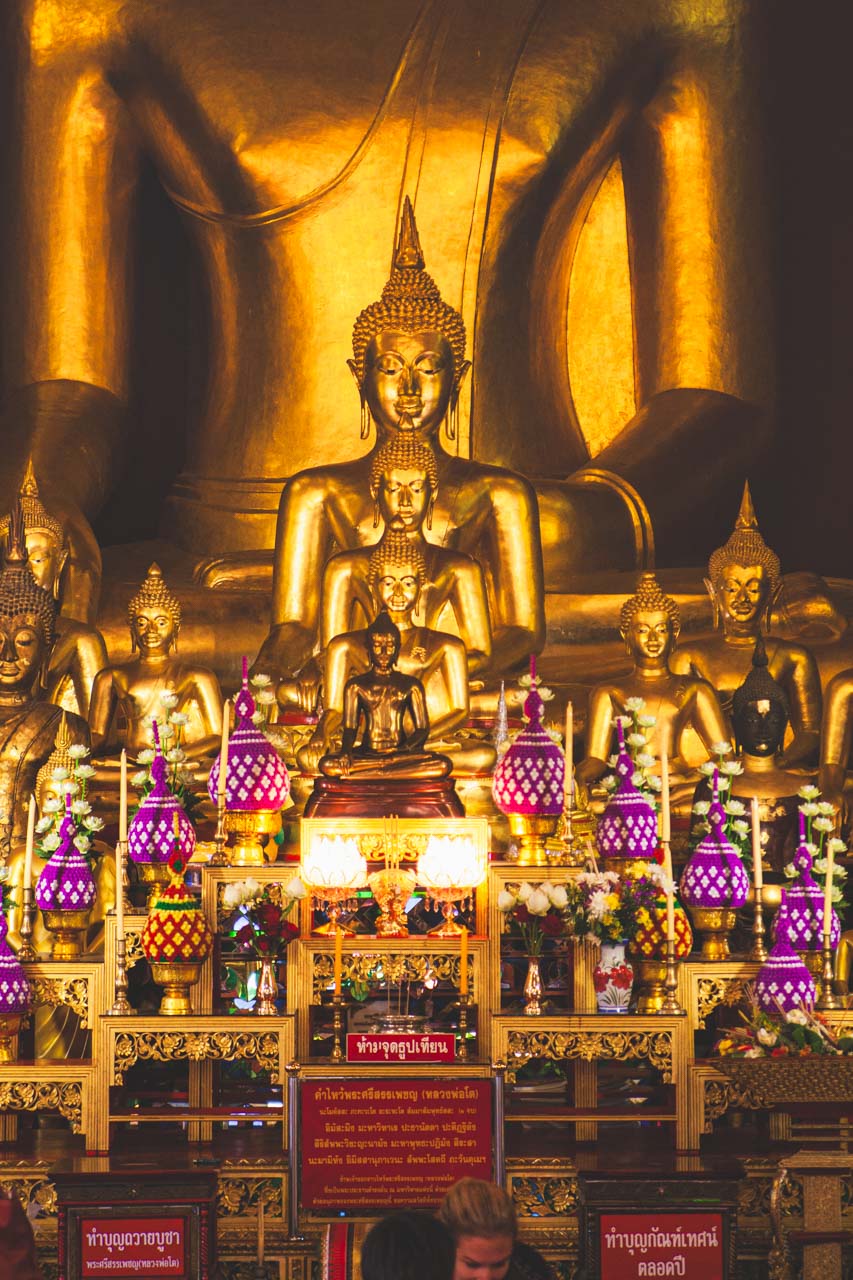
Wat Chedi Luang
Another must-see in Chiang Mai is Wat Chedi Luang, which houses the city’s largest chedi. Built between 1385 and 1402, this massive structure is a prominent city landmark.
The Emerald Buddha, Thailand’s national treasure, was once enshrined here. Unfortunately, after a 1545 earthquake caused significant damage, only the chedi’s reconstructed form remains for us to admire today.
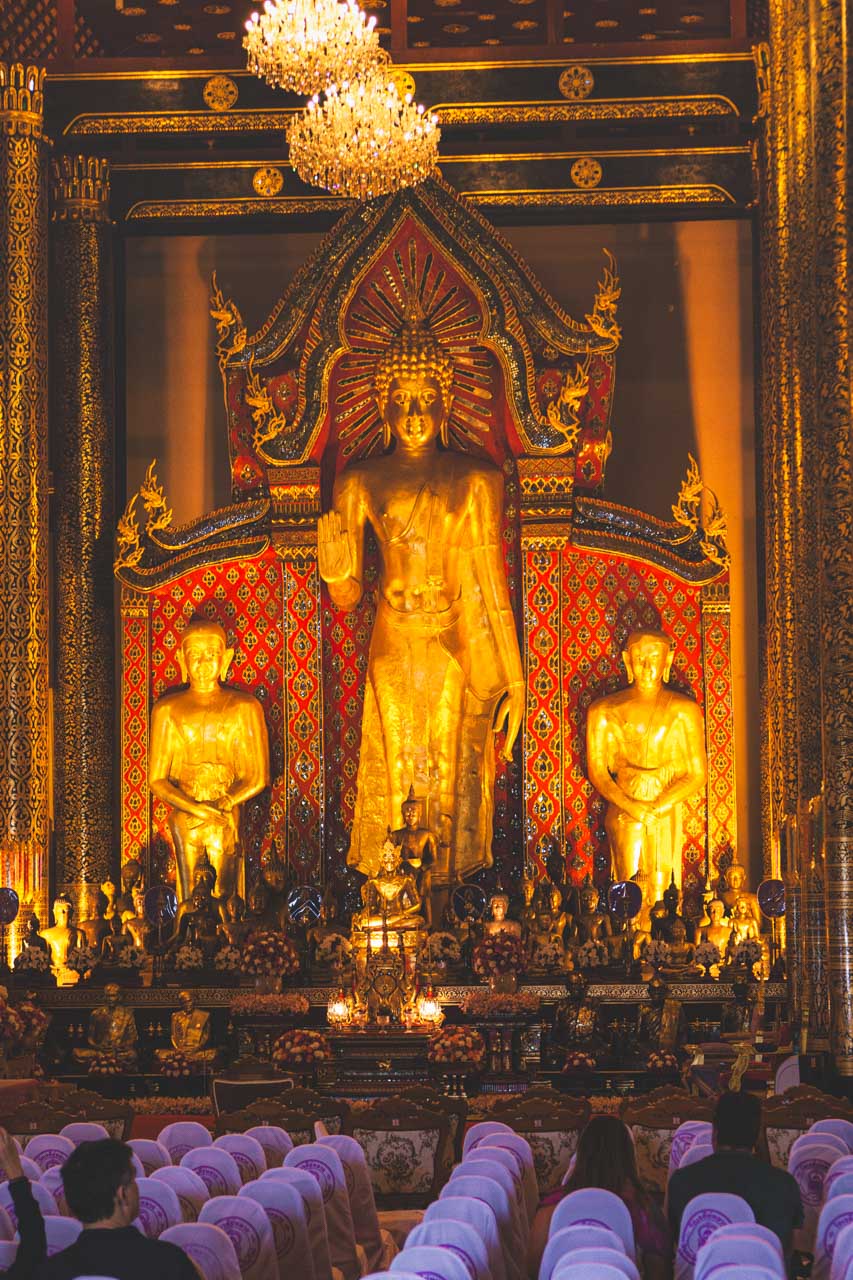
Wat Phan Tao
Another remarkable spot in Chiang Mai, close to Wat Chedi Luang, is Wat Phao Tao. This temple stands out as one of the city’s most atmospheric, built entirely from teak wood.
It’s said to be especially beautiful during evening prayers, as the darkness around the temple contrasts with the monks’ bright orange robes.
What’s interesting is that teak wood, known for its durability and weather resistance, was used in the temple’s construction. This makes Wat Phao Tao not only visually stunning but also incredibly long-lasting.
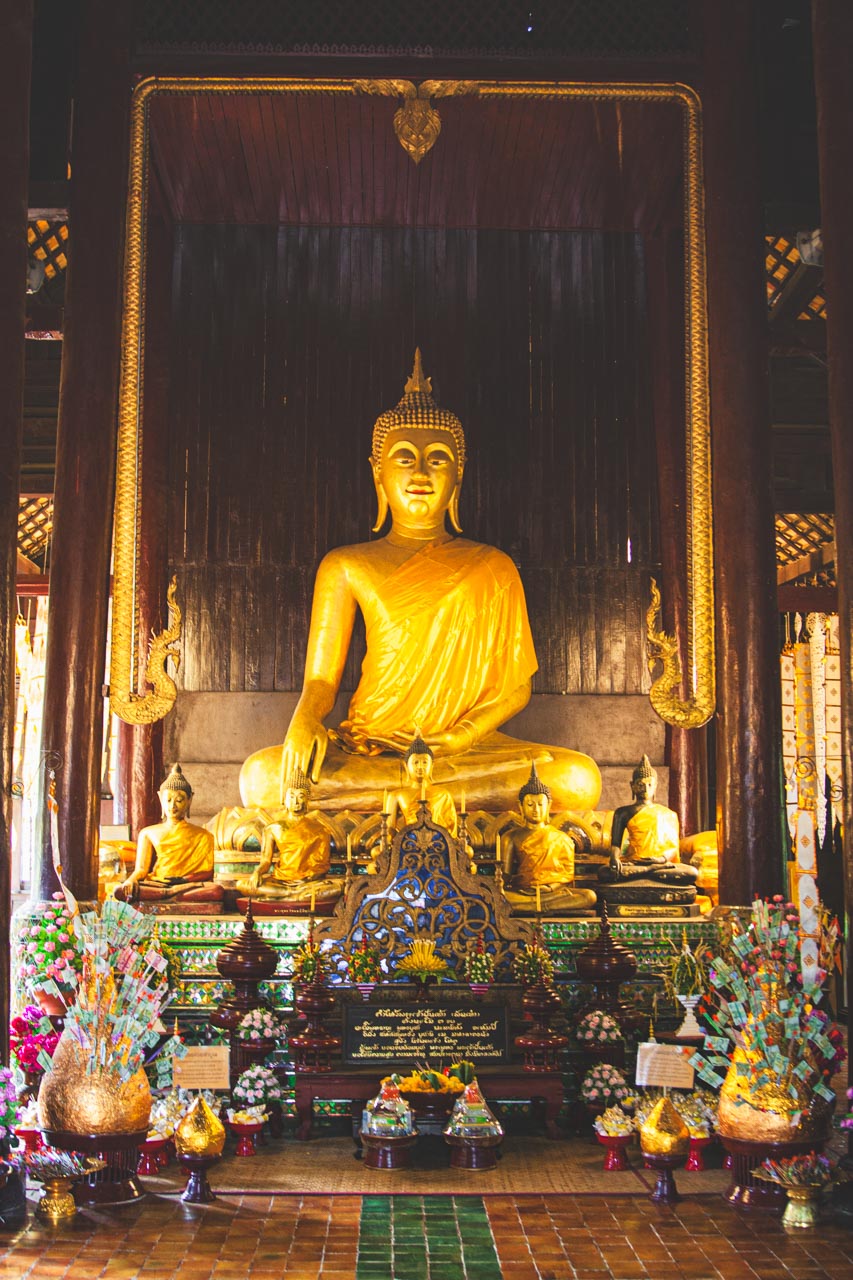
Wat Chiang Man
After exploring Wat Phan Tao, it’s worth visiting Wat Chiang Man. Built in 1297, it’s the oldest temple in the city.
Within the temple grounds, you can see the Chedi Chang Lom, a chedi surrounded by 15 elephant statues, which holds sacred Buddha relics.
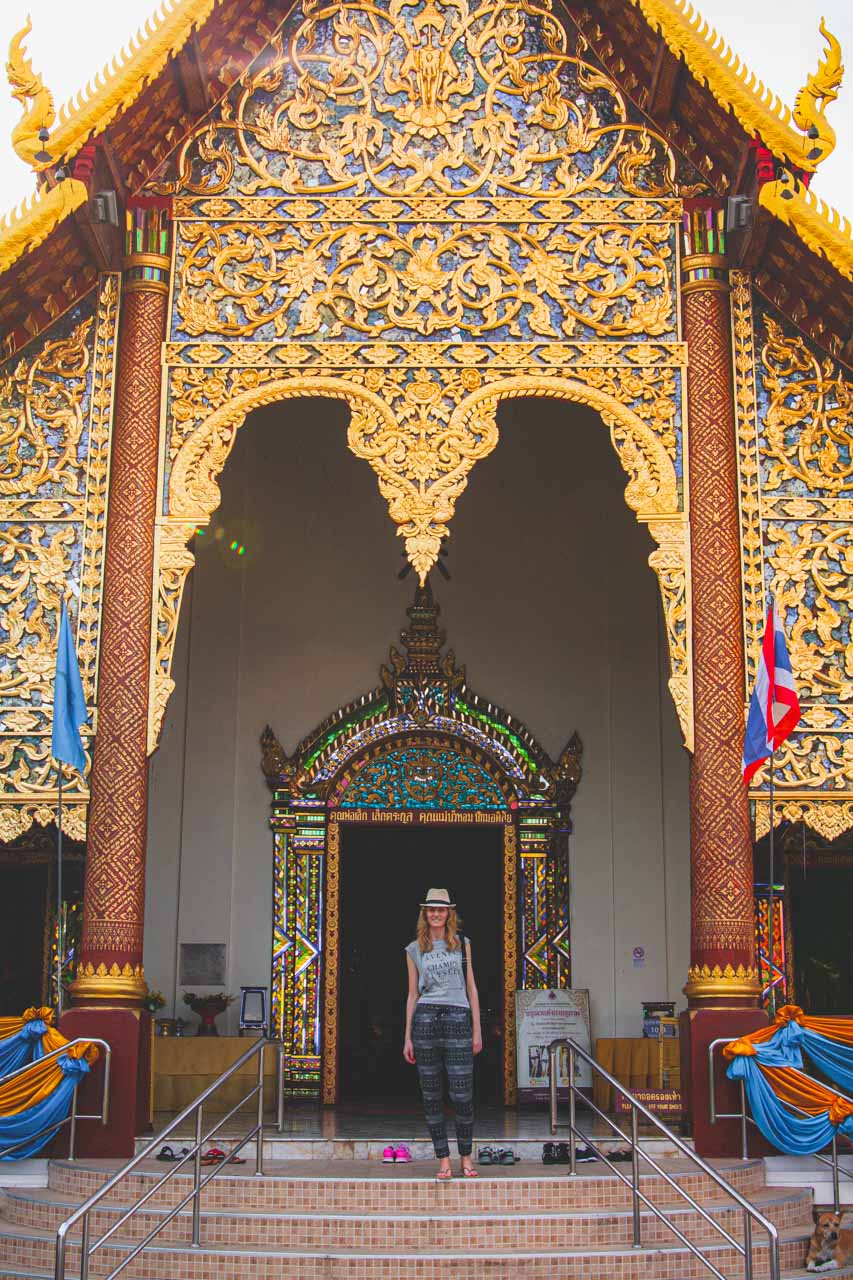
There are also two beautiful vihara (Buddhist monasteries) on the site. The larger one features a 15th–century Buddha, while the smaller one displays two important statues: Phra Sae Tang Khamani and Phra Sila.
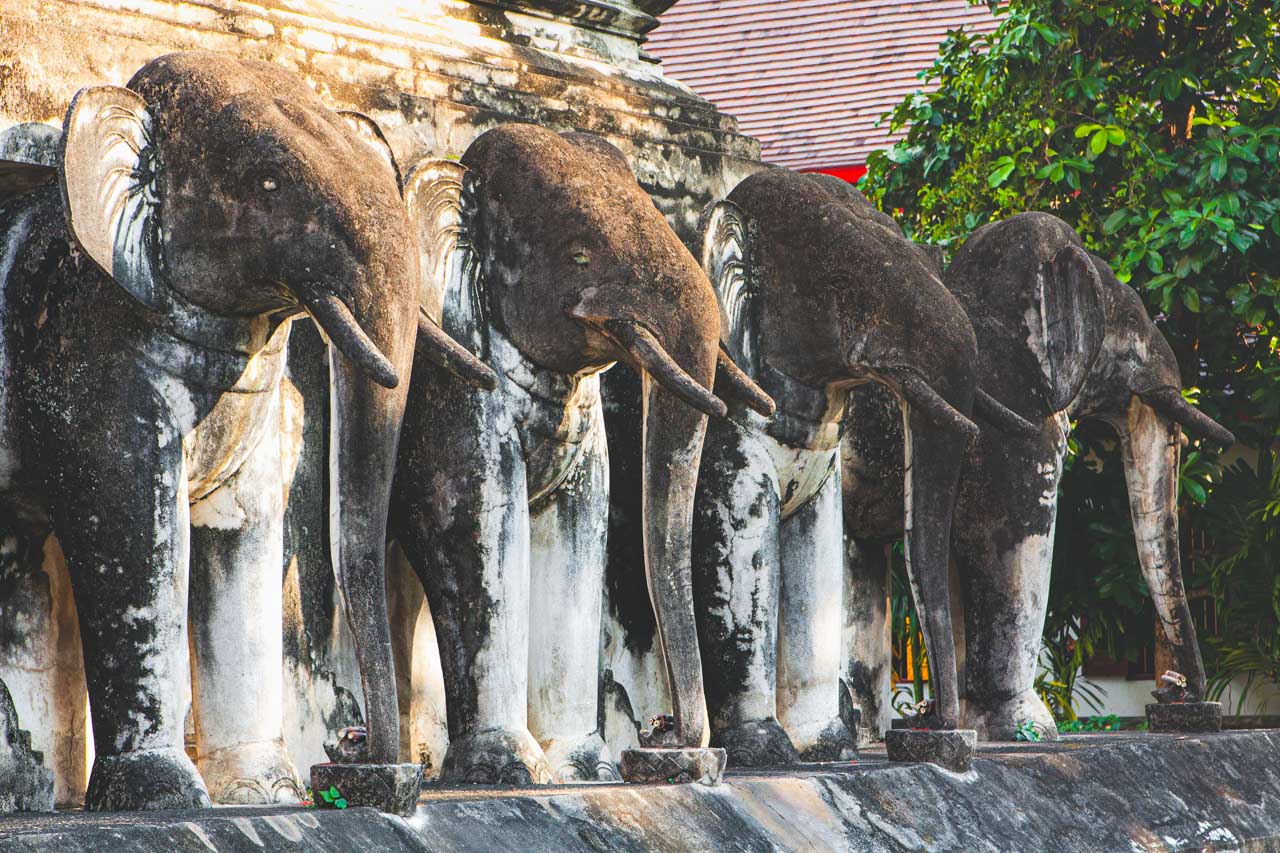
Wat Phra That Doi Suthep Temple
Another must-see in Chiang Mai is Wat Phra That Doi Suthep Temple.
Perched on a hill about 1,060 meters (3,478 feet) above sea level within Doi Suthep-Pui National Park, this temple offers incredible views of the entire city.
Dating back to the 13th century, this Buddhist sanctuary is steeped in local legend involving a white elephant.
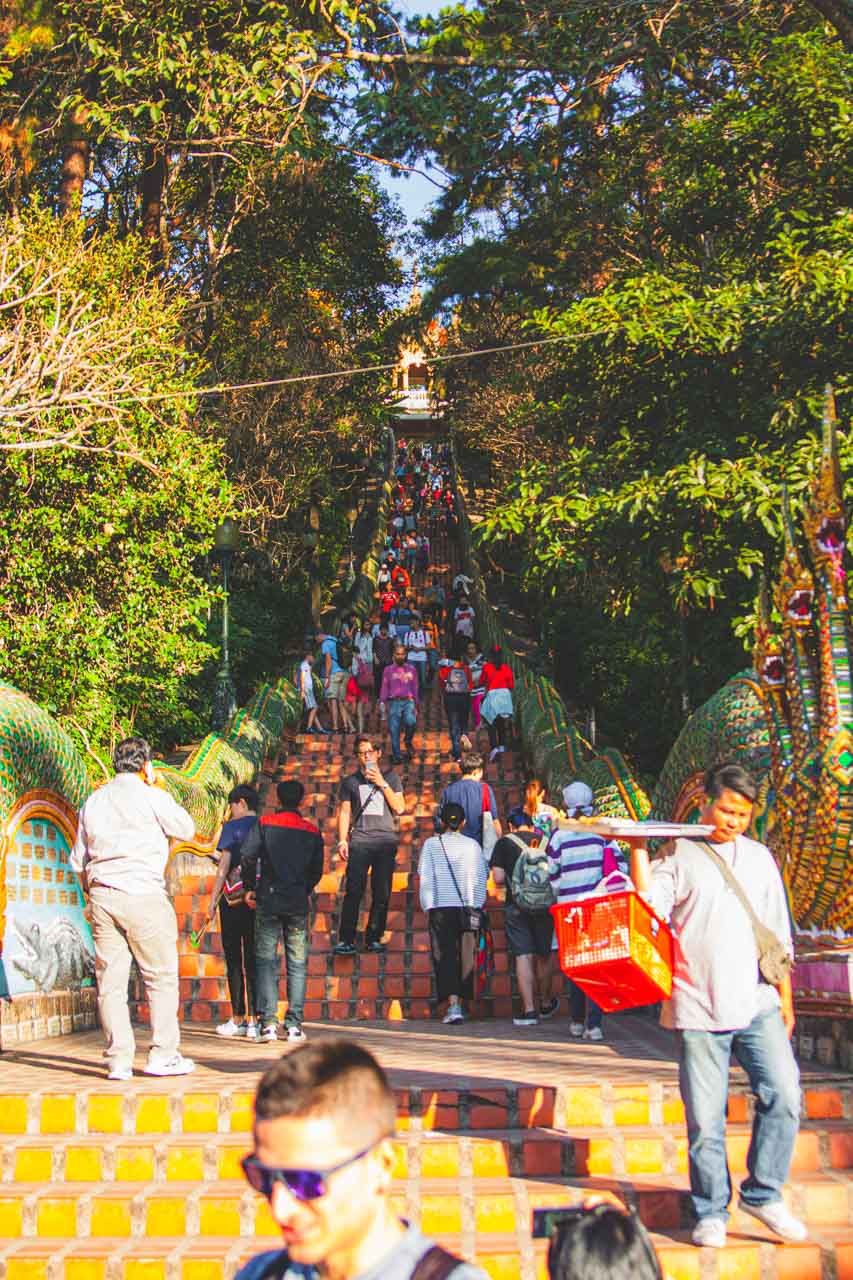
According to the story, a monk from the Sukhothai Kingdom had a dream about the location of a mysterious relic. When the relic was found, it was taken to the Lanna Kingdom, where the temple was built.
The relic split into two pieces-one became part of Suandok Temple, and the larger piece was placed on the back of a white elephant.
The elephant, after climbing Doi Suthep and trumpeting three times, died. King Nu Naone saw this as a sign and ordered the temple to be built.
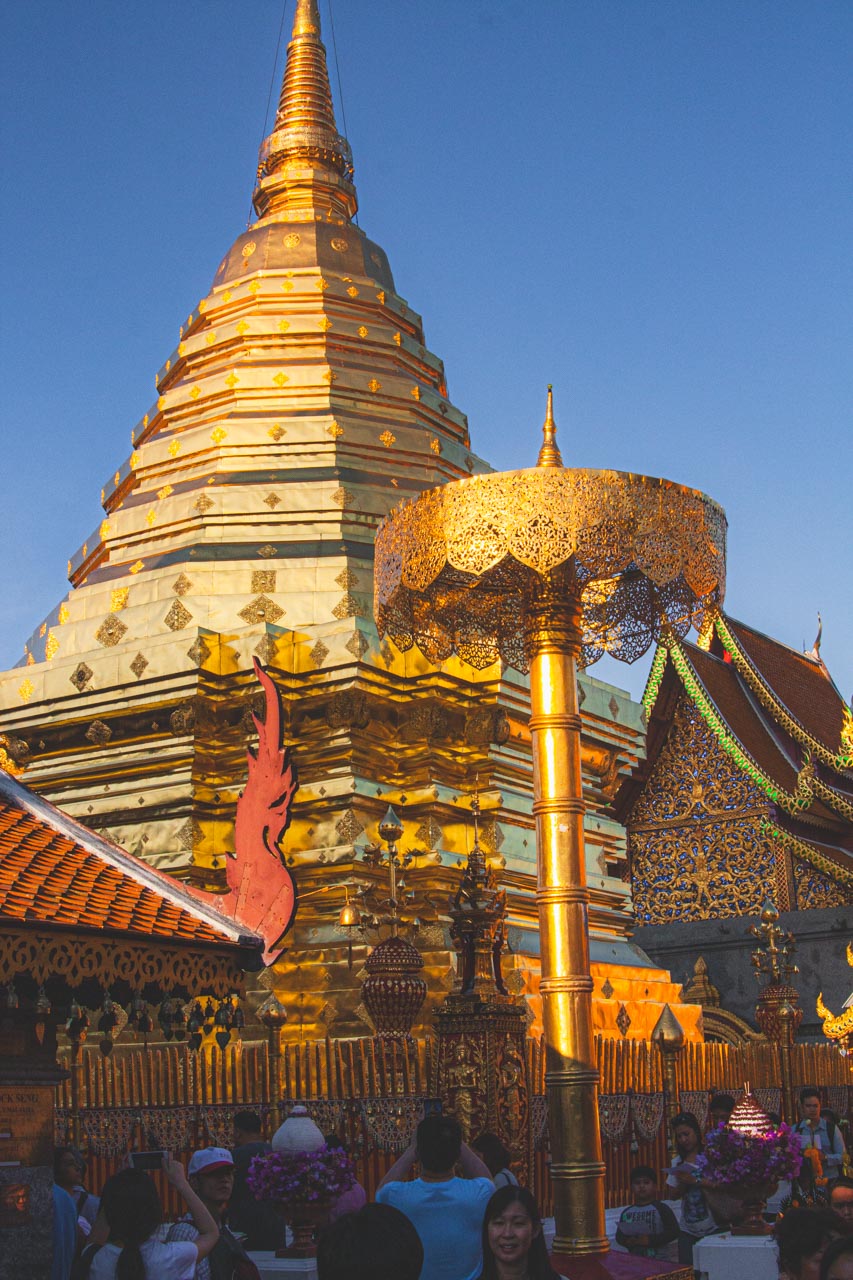
To get to Wat Phra That Doi Suthep from the city center, you can rent a motorbike, take a taxi, or hop on a songthaew (shared taxi). I opted for a songthaew and bargained for 80 baht.
The entrance features stunning stairs flanked by Naga serpent balustrades. You can either climb the 309 steps or take the elevator to reach the temple. Admission is 50 baht.
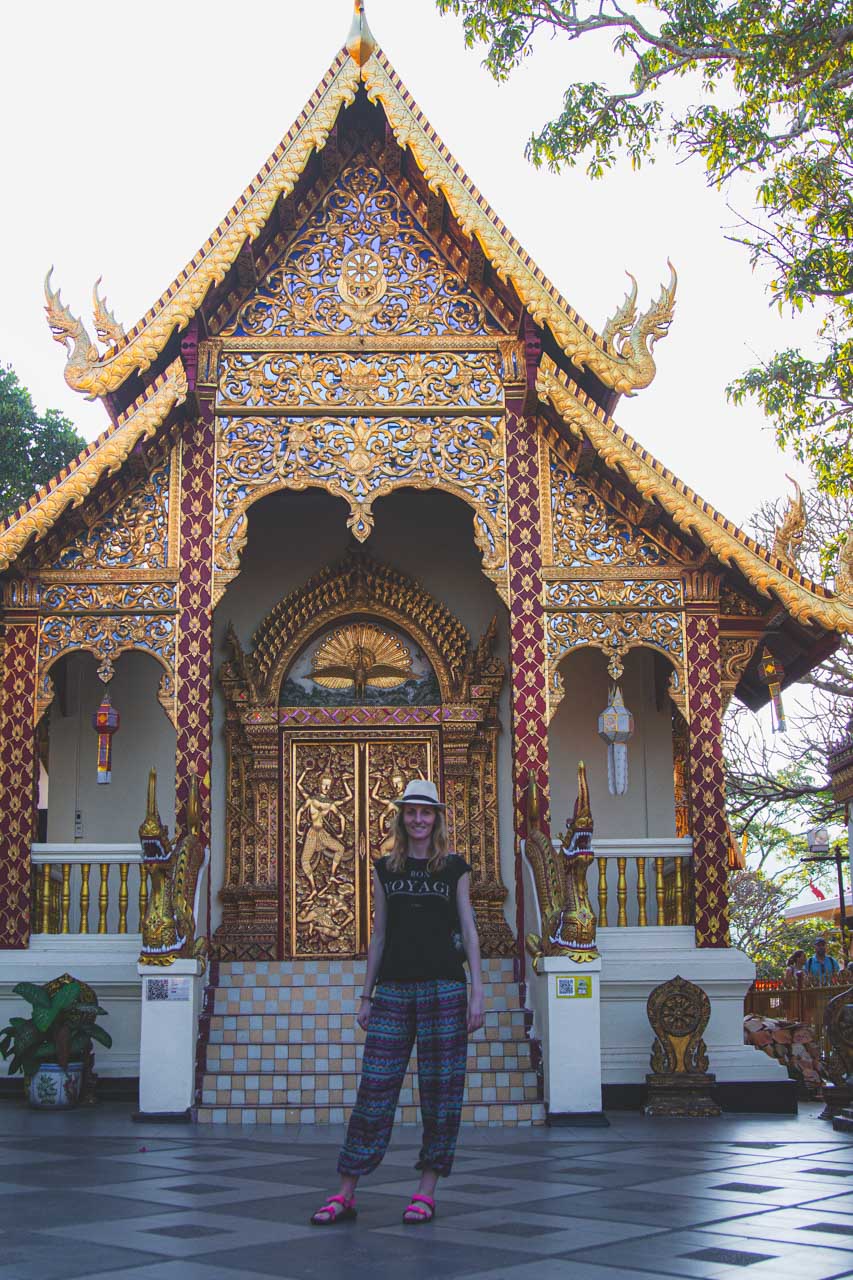
At the heart of the temple, you’ll see a beautiful golden chedi surrounded by decorative umbrellas. Inside, there are murals and a replica of the Emerald Buddha (the original is in Bangkok).
You’ll also find a statue of Ganesha and a depiction of the White Elephant, along with its legendary story.
Take a walk around the temple to a viewing terrace that offers stunning panoramic views of the city-an unforgettable way to wrap up your visit!
Wat Inthakhin
The last temple I’d recommend in Chiang Mai is the charming, lesser-known Wat Inthakhin. It’s tucked in the heart of the Old City and has a history of over 700 years.
Though it was once a key spiritual site, Wat Inthakhin faded in importance compared to nearby Wat Chedi Luang and was abandoned during the Burmese occupation in 1775.
Today, you can explore the Viharn, which was recently built to protect ancient Buddha statues that were previously kept in a simple shed.
It’s a peaceful spot to visit if you want something a bit quieter and off the beaten path.

Night Bazaar
No visit to Chiang Mai is complete without checking out the famous Night Bazaar. Located on the eastern side of the Old City along Chang Khlan Road, this lively market runs daily from dusk until midnight.
During the day, Chang Khlan Street is pretty calm, but as the sun sets, it transforms into a bustling market. You’ll find everything from knockoff branded items to handmade crafts and delicious Thai street food.
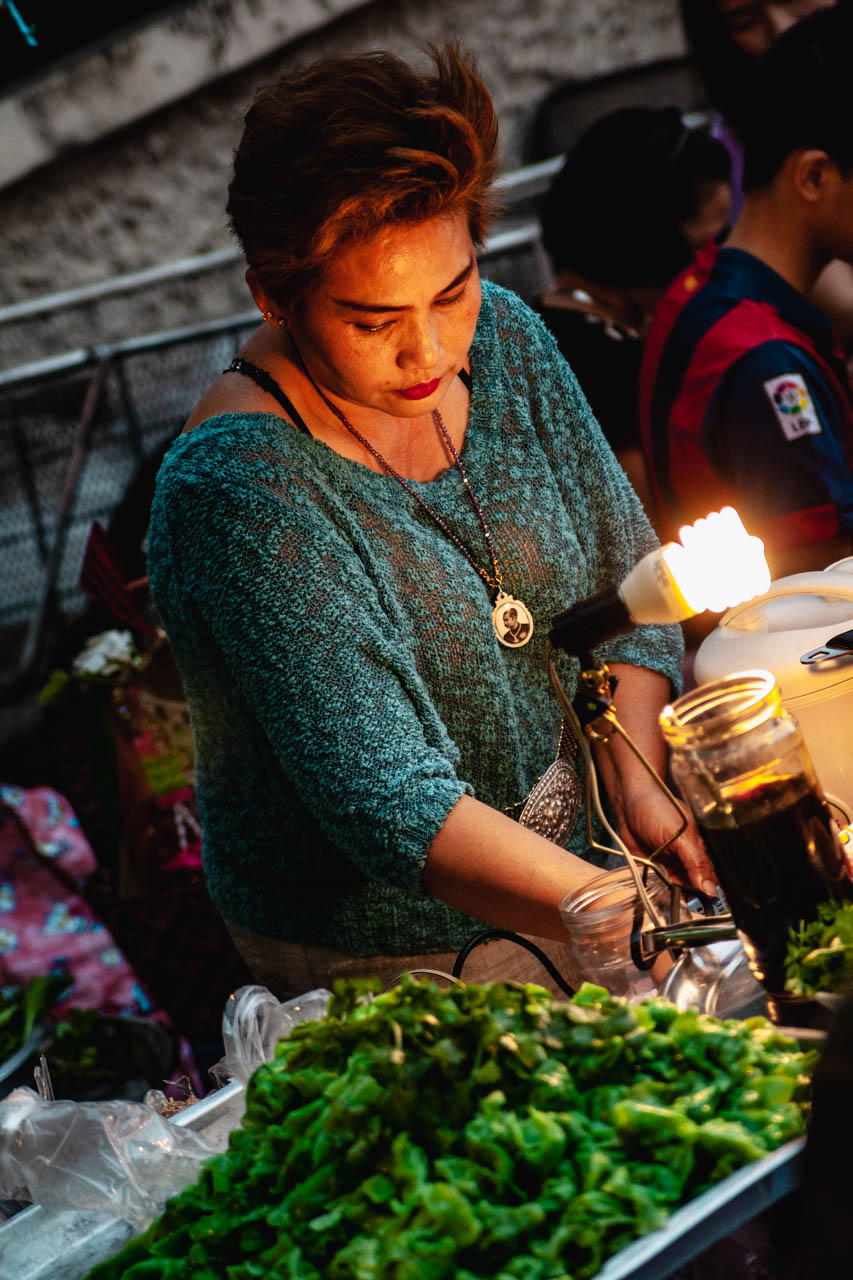
It’s a good idea to haggle for better prices at the Night Bazaar; you can usually knock off about 20-30% from the original price. Just keep in mind, not all vendors are open to bargaining, and some may have set prices.
Also, a quick tip: be cautious when wandering into side alleys. You might come across Thai bar girls targeting tourists who are looking for entertainment. Just something to be aware of while exploring!

Saturday Market
If you’re in Chiang Mai over the weekend, be sure to visit the Saturday Market, also known as Wui Lai Market. It’s located just southwest of the Old City along Wui Lai Street, and it’s open every Saturday from 4:00 PM until midnight.
Like the Night Bazaar, the road is closed to traffic during market hours, so you can easily stroll, bargain with vendors, and check out all the stalls.
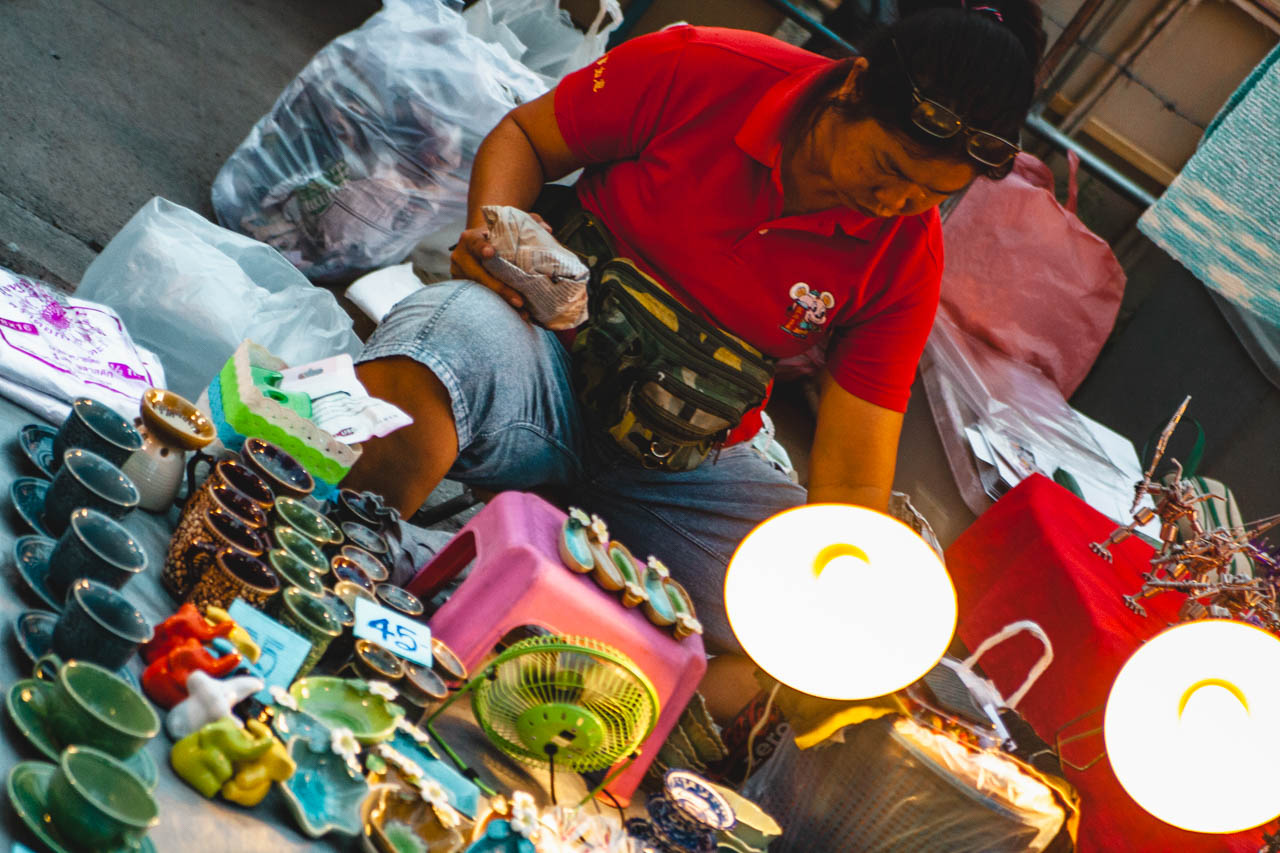
The market has a mix of things to offer, including silverware at great prices, wooden sculptures, colorful cotton shirts, knockoff bags, “branded” perfumes, handcrafted soaps, and local artwork.
There’s also a great selection of food stalls serving up delicious treats, and street performers really add to the lively vibe of the market.
If you’re in the mood for some relaxation, you can enjoy a Thai massage. Prices start as low as 100 baht per person, and you’ll often find massages happening right in the middle of the street, between the stalls.
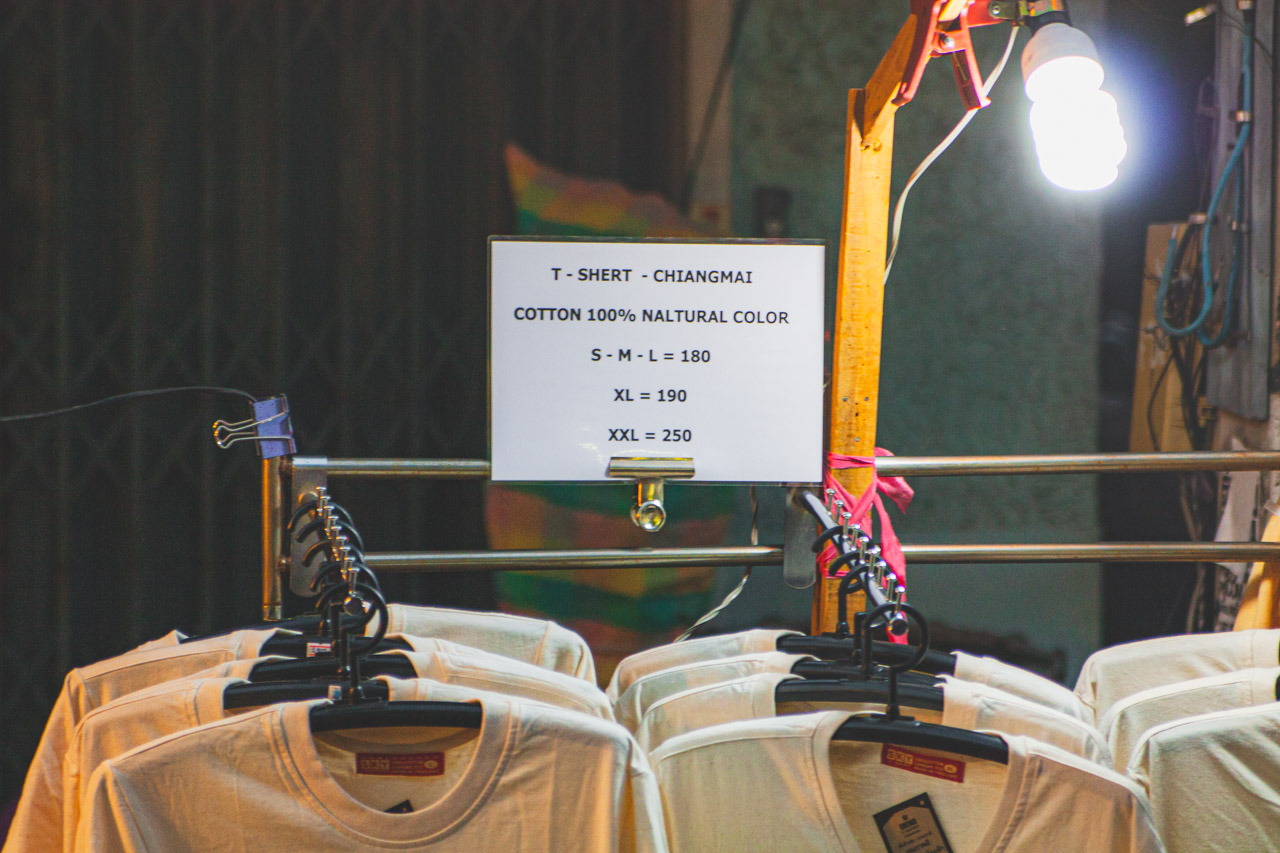
Thai Spa
Chiang Mai is famous for its beautiful temples, but it’s also home to Thailand’s top Royal Massage Academy. In the “New City,” you should definitely try a Thai massage, especially at one of the over 200 spa salons in town.
I highly recommend Fah Lanna Spa, a cozy, eco-friendly spa in the Old City run by passionate friends who support refugee children’s education.
Open daily from 12 PM to 9 PM, it’s best to book your treatments in advance. The spa offers 25 private rooms and provides free transport from your hotel.
When you arrive, you’ll be welcomed with tea and asked to fill out a health questionnaire. With over 50 treatments to choose from, be sure to try the traditional Thai massage if it’s your first visit.
It begins with a foot wash and continues with skilled massage techniques. Afterward, unwind with a cup of tea in the spa’s café.
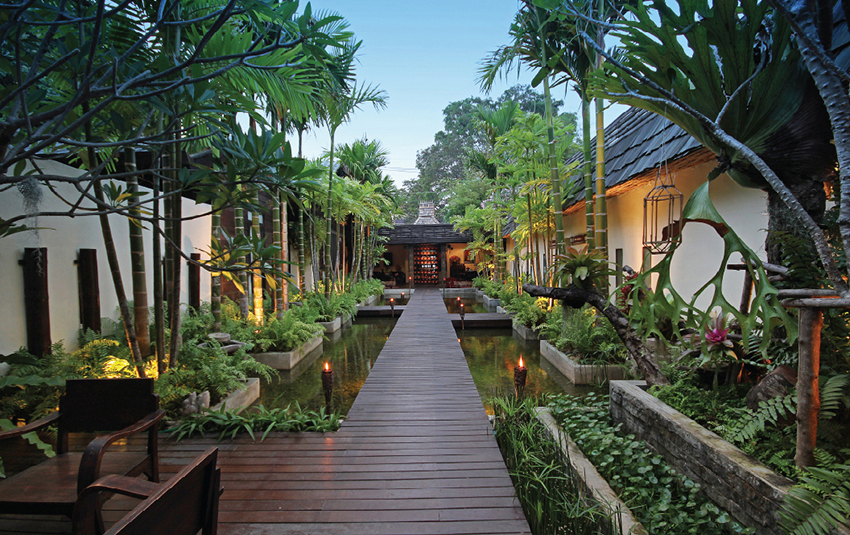
Thai Farm Cooking School
If you’re in Chiang Mai, taking a cooking class is a must, and Thai Farm Cooking School is hands down one of the best places to dive into Thai cuisine.
I took the class myself, and honestly, it was the best cooking experience I’ve ever had!
The day kicks off with a visit to a local organic farm, where you get to pick fresh ingredients like lemongrass and papaya, which you’ll use to cook your dishes later on.
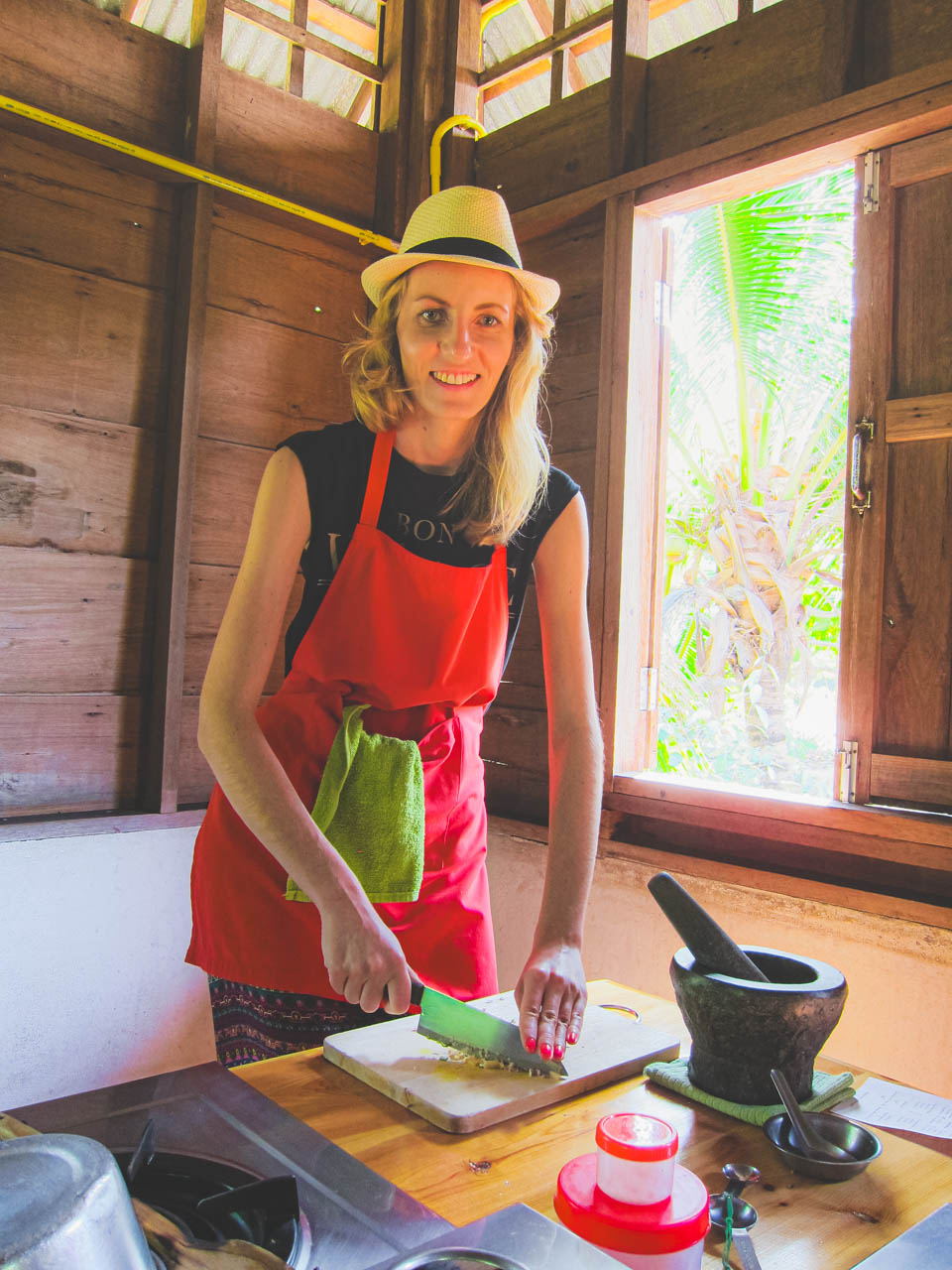
The classes take place outdoors in a beautiful setting, making it a super relaxed and enjoyable experience. You’ll learn how to cook six different dishes, including classic Thai curry and sticky rice with mango.
The price includes refreshing drinks and a cookbook to take home, so you can recreate everything once you’re back. It’s not just about cooking - it’s a great way to immerse yourself in Thai culture and its rich culinary traditions.
If you’re looking for a fun and authentic experience, the Thai Farm Cooking School is definitely one to add to your list!

Travel Guide to Chiang Mai, Thailand: Best Places to Eat
Mr Kai Restaurant
During your visit to Chiang Mai, you absolutely have to dine at one of the best restaurants I’ve experienced in all of Thailand-Mr. KAI Restaurant.
The buzz around this place is clear from the long queue outside.
Though the restaurant can be quite busy, once you’re seated and have placed your order, the food arrives quickly, often served by the friendly staff or even Mr. Kai himself!
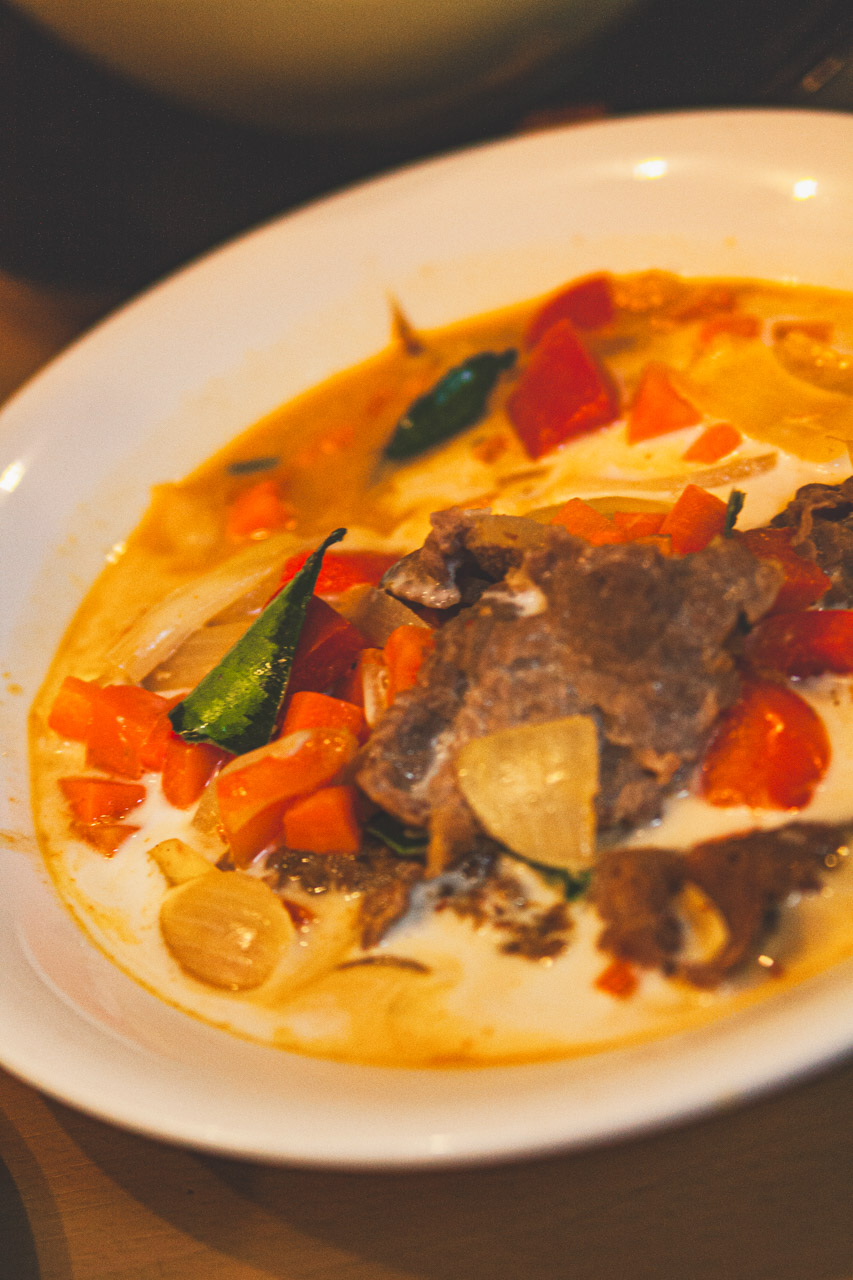
I was especially impressed with the regional Thai khao soi soup, the flavorful vegetarian tofu curry, and the delightful seafood risotto.
Each dish I tried was not only delicious but also generously portioned and offered at a very reasonable price.
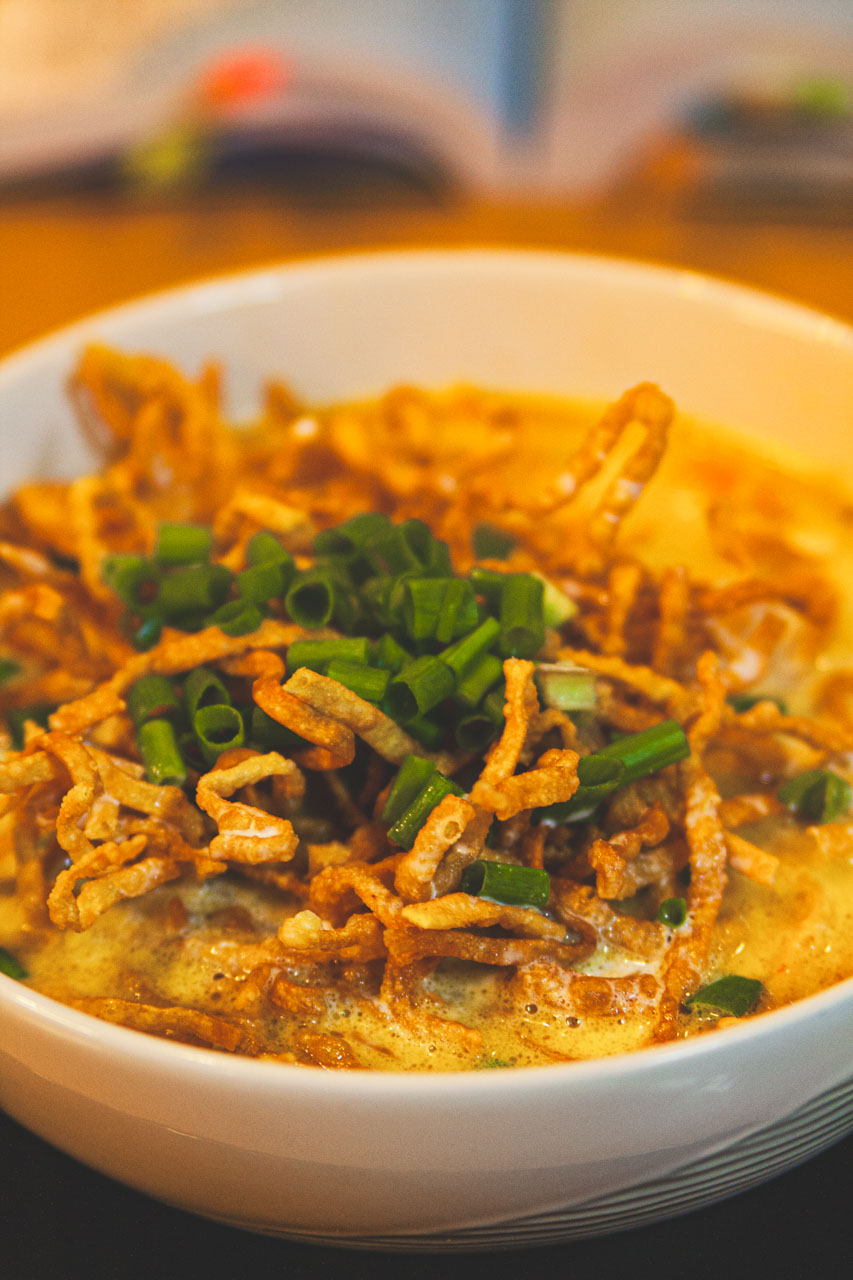
Hanna Restaurant & Coffee Shop
Another must-visit spot in Chiang Mai is the local café, Hanna Restaurant & Coffee Shop. It offers an incredibly inviting atmosphere, making it the perfect spot for breakfast or lunch in the city.
In addition to their fantastic iced coffee, you can also indulge in their delicious vegetarian spring rolls. Prepare for an unforgettable culinary experience!
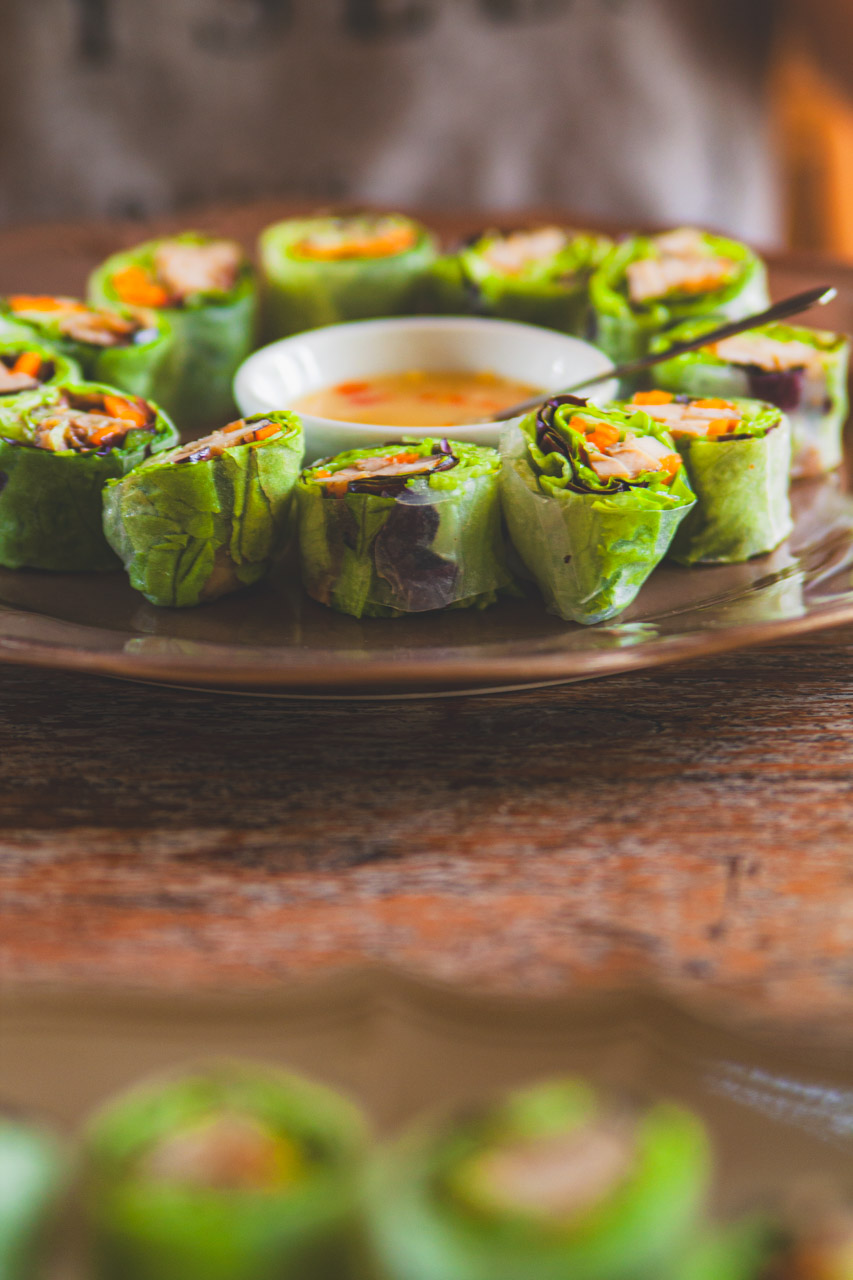
Elephants in Chiang Mai: What You Need to Know
Chiang Mai has lots of elephant attractions, but it’s important to choose ethical sanctuaries over places offering elephant rides.
Many of these camps use harsh methods like phajaan, which cause a lot of suffering for the elephants.
Instead, visit places like Elephant Nature Park, Elephant Jungle Sanctuary, and Burm and Emily’s Elephant Sanctuary. These sanctuaries provide proper care and natural living conditions for the elephants.
Many of these sanctuaries also offer volunteer opportunities, where you can help with feeding and bathing the elephants. It’s a great way to see them in a friendly, stress-free environment.
You can also support these efforts financially to help improve the lives of these amazing animals. Just be sure to avoid camps with elephant rides and trick shows, as they often involve animal suffering.
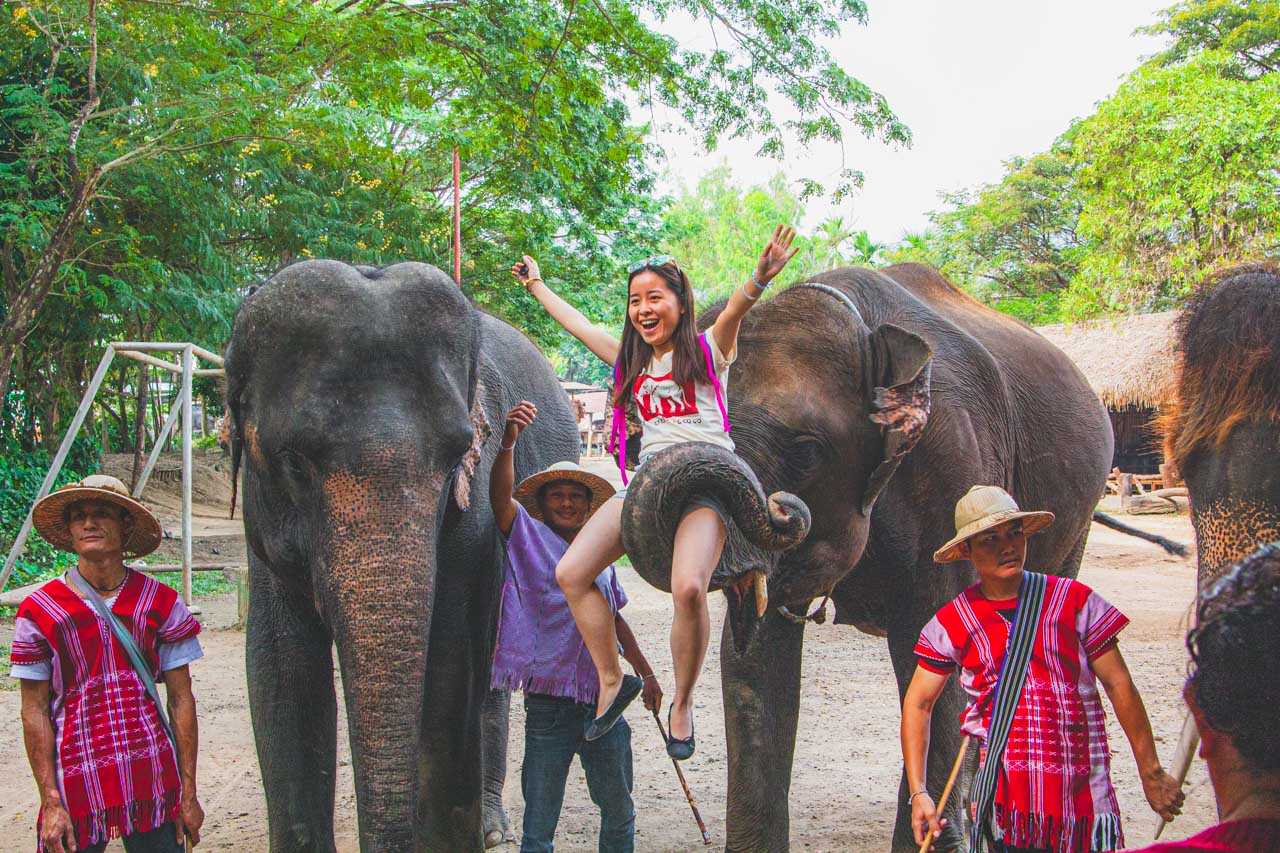
Travel Guide to Chiang Mai, Thailand: How to Get There
You’ve got a few options for getting to Chiang Mai from Bangkok:
By Air
The easiest and quickest way is to fly from Suvarnabhumi or Don Mueang airports to Chiang Mai Airport.
Flights usually start around $30-40 (roughly 1,000-1,400 baht), but prices can vary depending on the airline, season, and availability.
By Train
If you’re in the mood for a scenic journey, you can take a direct train from Krung Thep Aphiwat Central Terminal (the new main station) in Bangkok to Chiang Mai.
Tickets range from 800-1,900 baht, depending on the class you choose, and the trip lasts around 11-13 hours.
Note that the Krung Thep Aphiwat terminal is now the main station for long-distance trains, but some services may still depart from Hua Lamphong, so double-check your departure station.
By Bus
There are also many buses running from Mo Chit Bus Terminal in Bangkok to Chiang Mai. Ticket prices usually range from 500-1,000 baht, depending on the bus standard, and the trip takes about 10-12 hours.
Keep in mind that prices might be higher during peak seasons or Thai holidays, so it’s always a good idea to book early, especially for trains and flights.
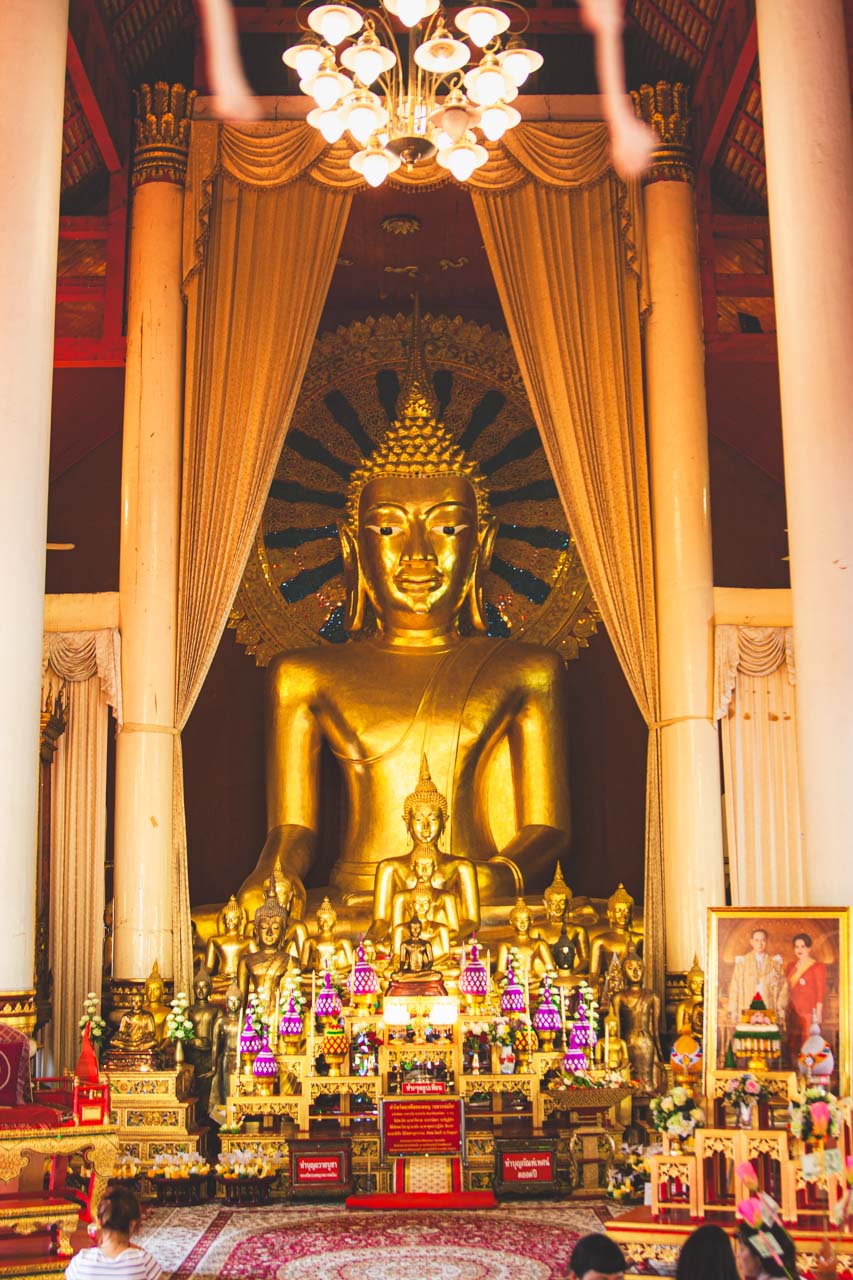
Best Time to Visit Chiang Mai, Thailand
For the best experience, try visiting Chiang Mai from November to February, during the cool and dry season. The weather’s perfect-cooler, with less humidity and minimal rain, so it’s great for sightseeing.
I visited Chiang Mai in December, and the weather was amazing-just right for exploring the city!
This is also the time for some awesome festivals like Loy Krathong and the Flower Festival, where you can experience traditional Thai celebrations and customs. Definitely adds something special to your trip!
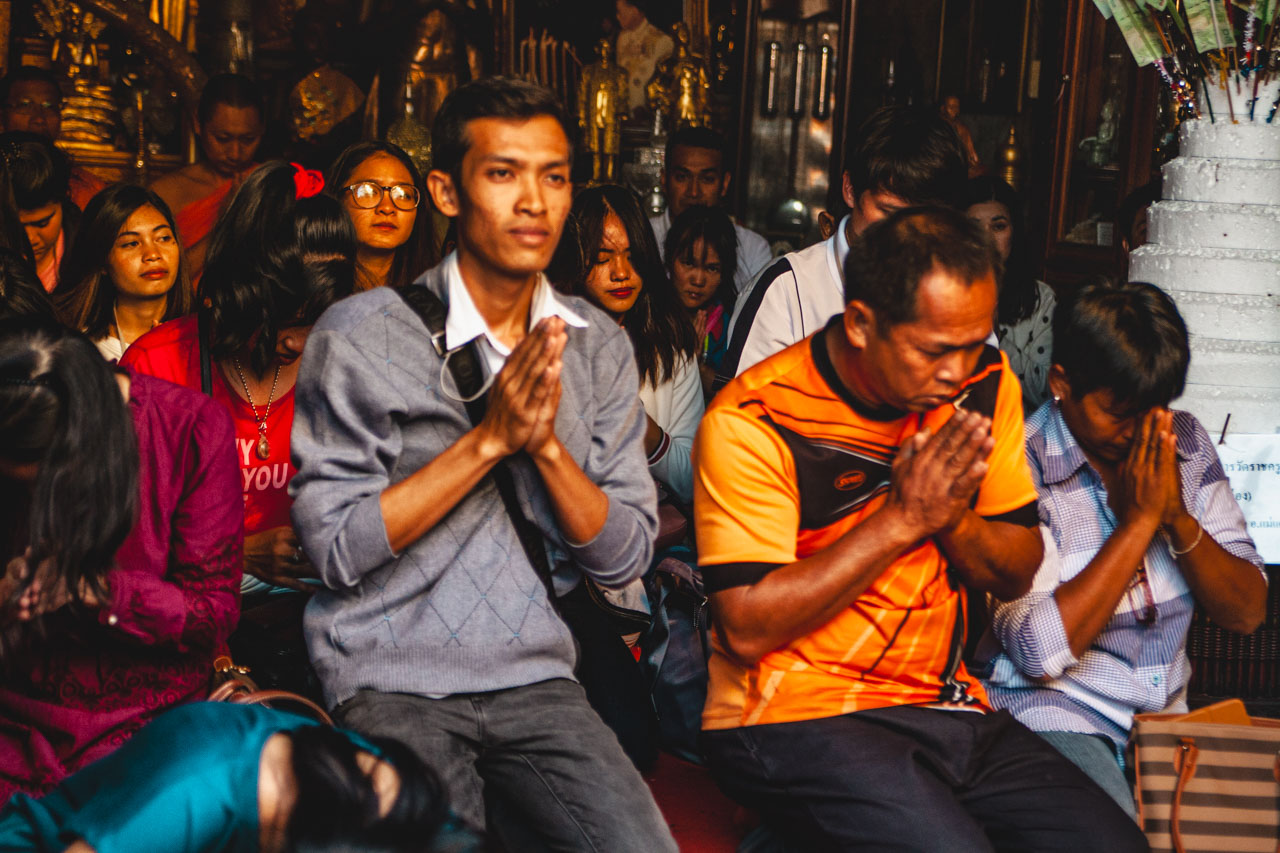
Travel Budget Calculator
Get your free Travel Budget Calculator now and plan your trip without the stress of overspending!
Where to Stay in Chiang Mai, Thailand
When it comes to choosing accommodation in Chiang Mai, there are plenty of options to suit every budget and preference.
If you’re looking for a central location with easy access to attractions and nightlife, staying in the Old City area is a great choice. Here, you’ll find a mix of guesthouses, boutique hotels, and luxury resorts.
For a more tranquil experience, consider staying in the Nimman area, known for its trendy cafes, boutiques, and art galleries. This area offers a more modern and upscale vibe, with plenty of stylish hotels and serviced apartments to choose from.
If you prefer to be surrounded by nature, consider staying in the outskirts of Chiang Mai, where you’ll find resorts nestled in the lush countryside or along the banks of the Ping River.
Here are some recommended hotels in Chiang Mai categorized by budget:
- Budget-friendly choice: BED Phrasingh-Adults Only
- Optimal for mid-range budgets: The Rim Chiang Mai
- Indulge in luxury: Four Seasons Resort Chiang Mai
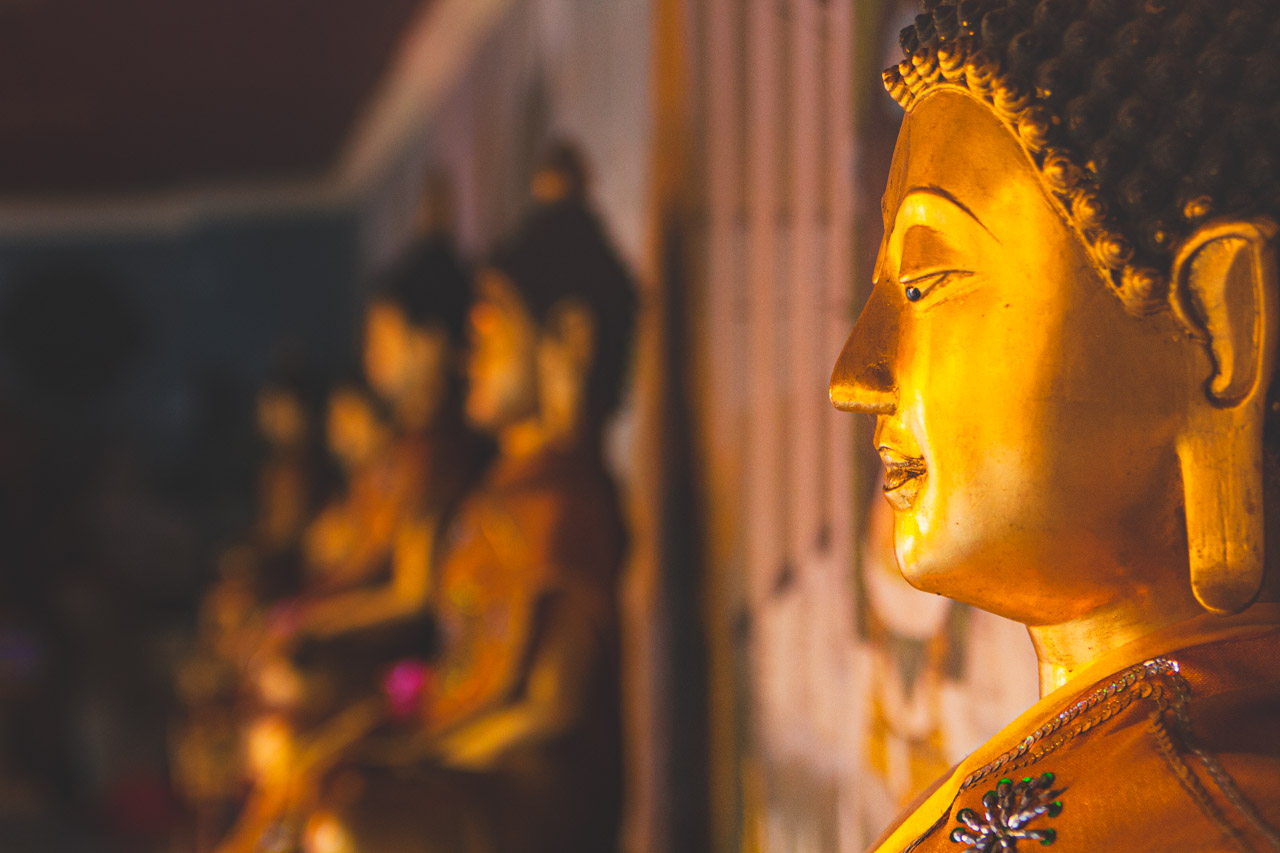
Travel Guide to Chiang Mai, Thailand: Summary
Chiang Mai, located in northern Thailand, is one of the most captivating destinations in Southeast Asia.
With its rich cultural heritage, beautiful Buddhist temples, breathtaking natural landscapes, and amazing food, it draws visitors from all over the world. If you’re planning a trip to Chiang Mai, you’re in for a treat.
Feel free to share your own experiences in the comments below! If you found this guide to Chiang Mai helpful, don’t forget to share it with your friends!
Check out more articles you might enjoy:
- Ultimate Thailand Travel Guide: Plan Your Journey in Asia’s Top Spot (2024)
- One Day in Ayutthaya: Must-See Sights and Dining Hotspot
- 2024 Koh Samui Travel Guide: Your Ultimate Gateway to Thai Bliss
- Taste of Thailand: 10 Iconic Thai Dishes You Can’t Miss
- Thailand Travel Don’ts: 10 Helpful Tips for a Safe and Respectful Adventure
This article contains affiliate links. If you make a booking through these links, I may earn a commission, supporting this blog. Rest assured, my recommendations are based on honest assessments, and using these links doesn't affect prices for you. Thank you for your support!

